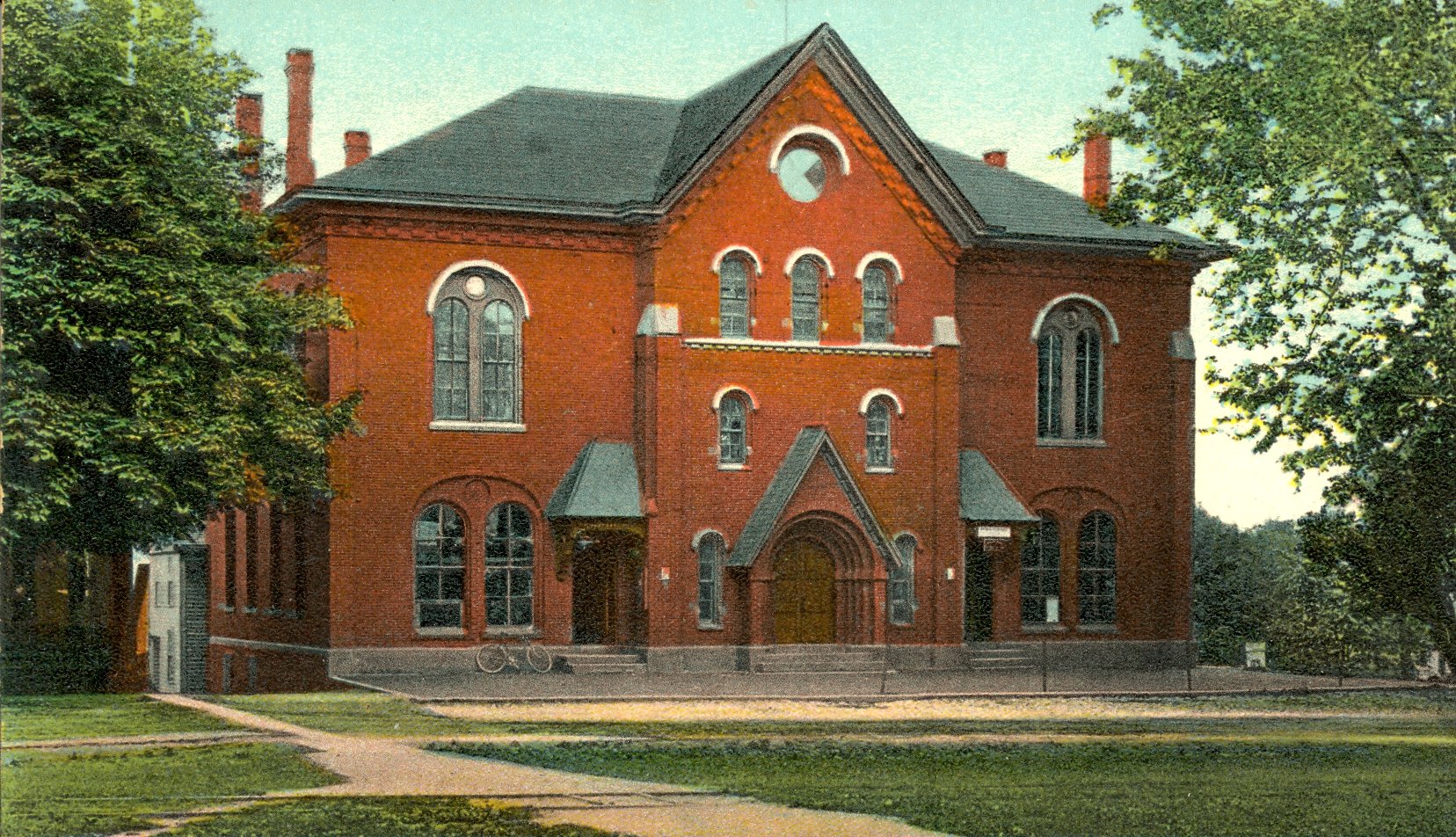
Suffield history
through the years
A surveying error in 1642 resulted in the Suffield region being part of Massachusetts colony. Originally called Southfield, the area was settled as a township of Massachusetts in 1670 but later found to lie within the boundaries of the Connecticut Charter and was subsequently annexed in 1749. Settlement started in 1670, after Major John Pynchon, a fur merchant from Springfield, paid the Natives Americans thirty pounds for a six-mile tract of land known as Stony Brooke Plantation. The region consisted of a thickly wooded area with a narrow meadow which provided a land route connecting Springfield and Windsor. This route was called the Hampton Path (usually thought to include Hill Street, Remington Street, South Street, and possibly other roads). One source claims the local Native Americans used this land primarily as a hunting ground and preferred camping by the Congamond Lake and Manatuck Mountain areas to the west Source. In 1930 Mathais Spiess, an amateur historian, compiled a map of where he determined Native American villages and trails existed in Connecticut as of 1625. While we are not sure how accurate it is, it does show several tribal villages in Suffield, namely the Mayawaugs east of Suffield mountain in West Suffield and the Agawaums in northeast Suffield Source. According to the Documentary History of Suffield in the Colony and Province of the Massachusetts Bay, in New England, 1660-1749 by Hezekiah Spencer Sheldon published in 1879, before the town was settled there was 500 acres of meadow and "Upon some small open fields, or plains, were a few Indian families, as relics often found there indicate." The book also speaks of a road being used by 1643 that connected Windsor, CT to Northampton, MA where today is Hill Street, Remington Street, and South Street.
The Massachusetts General Court authorized Pynchon's committee of Springfield (called Agawam until 1640) men to settle a town on the "West sid of ye Ryver Connecticott towards Windsor." Sheldon's book mentions that the Pynchon deed refers to some of the land bought from Native American chief Pampunkshat (Northern part of town) and Misnouasques (Southern and Western parts of town) as being known as Lacows or Lacowsick, Squotuck, Mayyawag, Wecups, Ashawalas, Wenekeiamaug. They stipulated that in five years, twenty families were to settle there and that a minister be maintained. Land was reserved for a common, a meeting house, a school, and land for a minister. The first land was sold at four pence per acre. By 1675 three dozen families had settled, but they were forced to flee to Springfield during King Philip's War. Returning and rebuilding after the settlement was burned, they were ready to retain their first minister in 1679.
Cains pond near the intersection of South Street and Remington Street proved to be useful for harnessing Stoney Brooke for a saw mill and a grist mill. Bog or pond ore, which is usually 18-30% iron, was harvested from the pond and a bloomery and iron works were set up near the pond. The first iron works were set up in 1700, the second in 1721, the third in 1722 and all were in operation until about 1770. The town allowed Samuel Copley to set up a fulling-mill in 1710. A cotton-mill, which made cotton yarn, was set up in 1795 and is believed to be the first in Connecticut and possibly the third successful cotton-mill in the country. (It Happened In Our Town. 1978. Page 18. Pease & Niles.)
In 1801 the Franklin Paper Mill was built on Stoney Brooke near where the brook enters the Connecticut River. It was owned by Harvey Bissell and Henry Pease. The mill made a quality writing paper, a heavy cartridge paper for making shells, and a heavy greyish paper in demand for the shipping of tobacco. A fire destroyed the mill in 1866 and was rebuilt. It was destroyed by another fire in 1886 and was again rebuilt and operated until 1914 when a third fire ended its run. A second paper mill called Eagle Mill was built in 1816 on Stoney Brooke about a mile west of the earlier Franklin Mill. Eagle Mill was the first American mill to supply paper for the use of the United States Government. At different times the town also had its own newspaper, the Impartial Herald, a distillery-cider mill, a curative mineral spring called "The Pool," and a one-half mile race track. (The Biography of a Town. Robert Hayden Alcorn. 1970. Page 113-123.)
In 1810 a covered bridge to Enfield was completed. It was paid for with lottery tickets. The bridge collapsed and was rebuilt in 1826. A canal was built in 1829 that bypassed the Enfield rapids. Immigrants who worked on the canal project, especially those from Ireland and Poland, brought their families to settle in Suffield. The 1844 Hartford-Springfield railroad line with its branch to Suffield completed in 1870. The Charles H. Dexter was the last steam boat on the Connecticut river which ran from Hartford to Springfield from 1866-1881. In 1902 a trolley service ran through Suffield connecting Springfield and Hartford. Source
Since the earliest days, the tobacco industry has been the greatest single continuing commercial enterprise in Suffield. In 1727 tobacco was used as a legal tender for debts. By 1753 the fertile Connecticut valley was growing tobacco for export. The first cigar factory in the country was opened in Suffield in 1810 on what is today known as Ratley Road. There is a stone marker there today. A Cuban was hired to teach women how to roll the "long nines", which were sold all over the eastern United States by peddlers. By 1830, broad leaf tobacco for cigar wrappers was developed, as was the process of "sweating" tobacco. 14 million cigars per year were made in Suffield at that time. Profits earned from crops grown between 1830 and 1880 were used for western land speculation and helped finance commercial ventures, including the Hartford insurance business. Early in the 1900's higher grade tobacco were grown under cheesecloth tents, but decreasing cigar consumption brought reduced production.
Take a tour of historic Main Street
Famous Suffield Inhabitants
-
Phinehas Lyman
1716–1774Commander of colonial troops 1754–1760
-
Ebenezer Gay
1718–1796Congregational Church Pastor 1742–1793
-
Oliver Phelps
1749–1809Once the largest land holder in the country, he bought a mansion near the center of town and furnished it with rare French wallpaper dated to 1794
-
Timothy Swan
1758–1843Composer of sacred music, including “China”
-
Seth Pease
1764–1819Surveyor of the Connecticut Western Reserve
-
Gideon Granger, Jr.
1767–1822United States Postmaster General 1801–1814, appointed by Thomas Jefferson
-
Asahel Morse
1772–1838Author of religious freedom in Connecticut
-
Sylvester Graham
1794–1851Inventor of graham crackers and bread, he developed what came to be known as the Graham System, a vegetarian dietetic theory
-
Henry Sykes
1810–1860Architect and builder
-
Willis Adams
1844–1921Painter of American landscapes
-
Olin Warner
1844–1896Artist and sculptor





